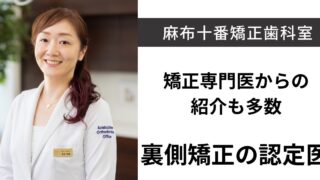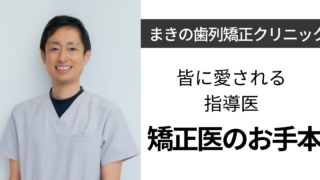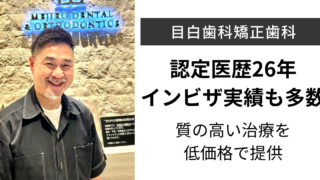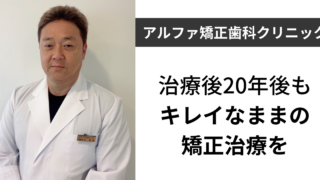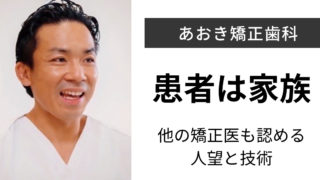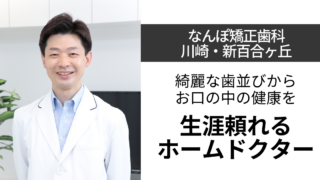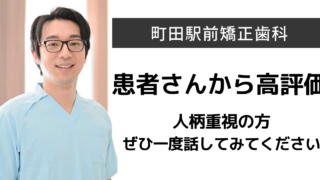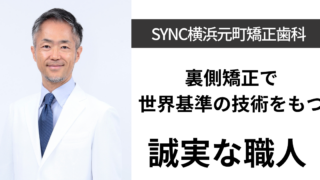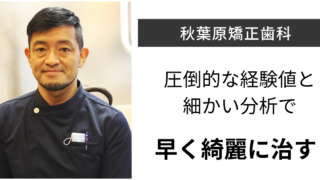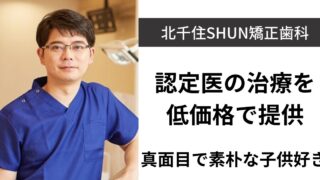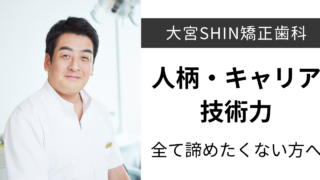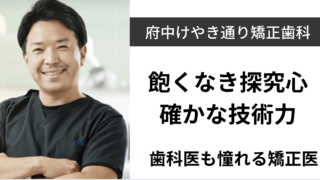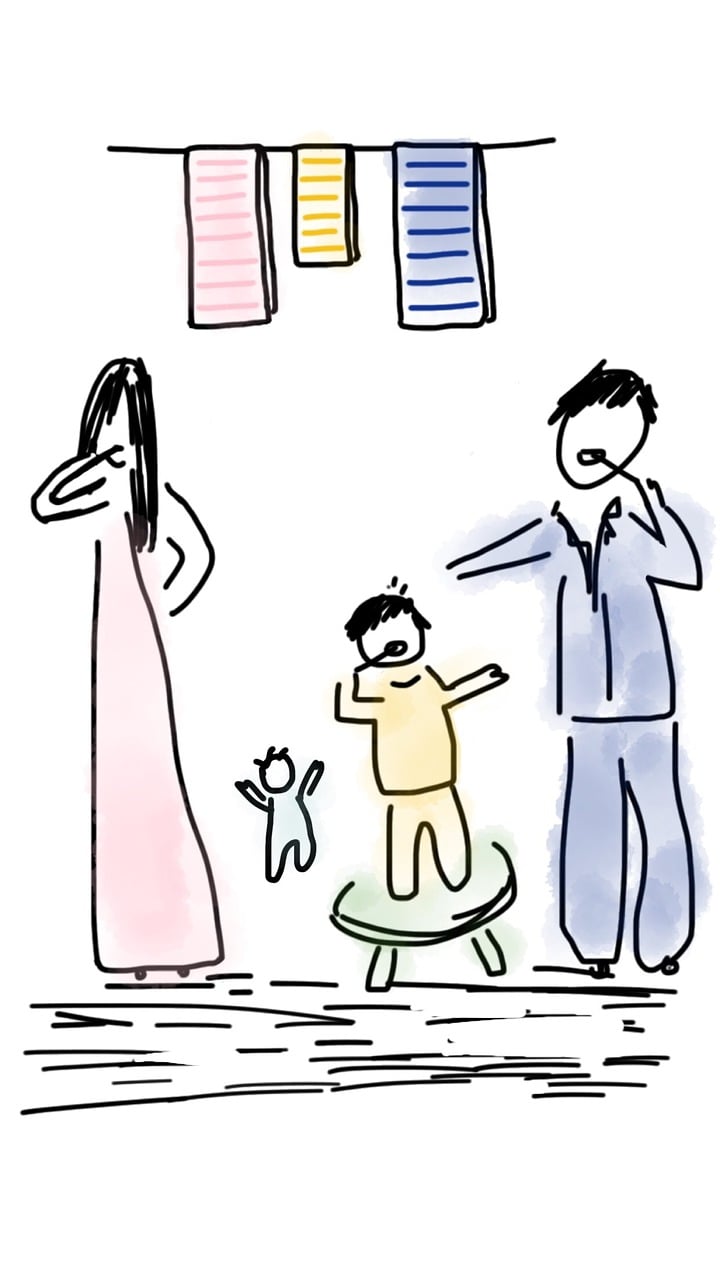
How Long to Finish Brushing? Age-specific tips and tricks to keep it fun
When your baby begins to have his or her lovely front teeth, the toothbrush begins in earnest. By the time your child is a little older, he or she will be holding the toothbrush. It is very important for your child to brush by himself/herself to get used to the toothbrush. However, it still takes practice to remove stains. This is where finish brushing becomes important. In this issue, we will explain the key points for each age group, tips to keep it fun, and when to graduate from finish brushing.
What is the importance of finish brushing?
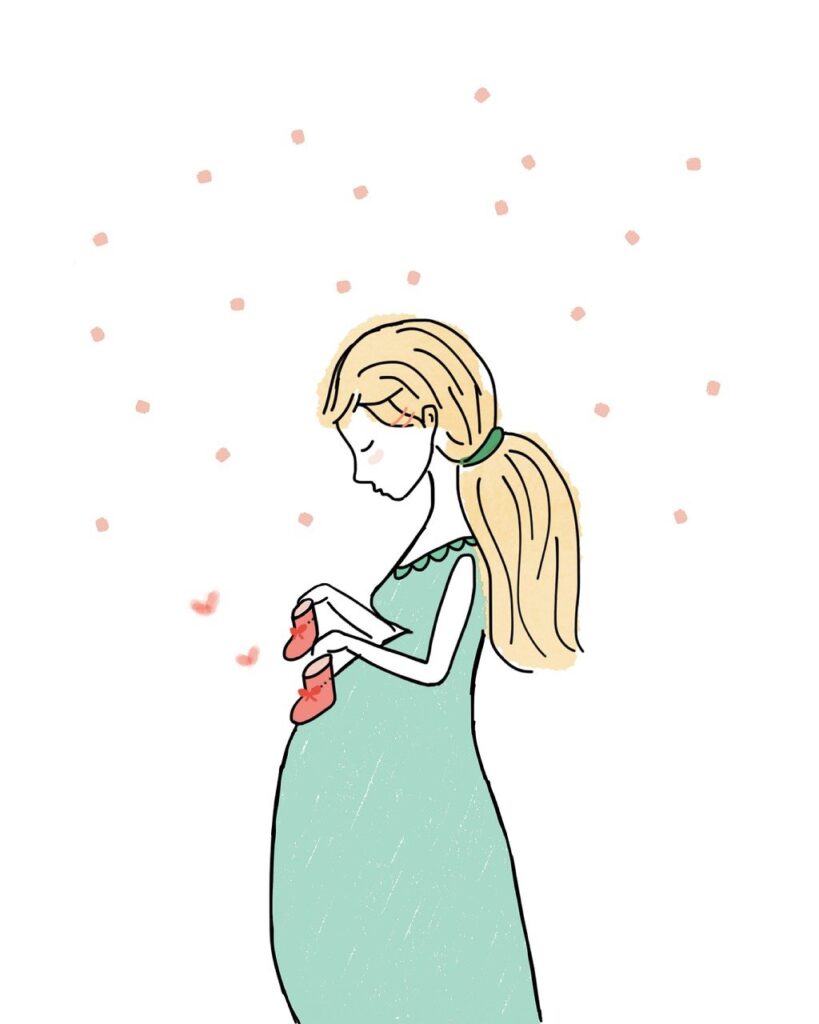
Finish brushing is generally started at about 6 months of age. This is the time when the lower front teeth begin to erupt, so this is the transition period from the training toothbrush to full-fledged toothbrushing. And,Finish brushing is recommended to continue until permanent teeth erupt at about 10-12 years of ageThe company has been
The reason why finish brushing is necessary up to this age is because the upper elementary school years are a time when baby teeth and permanent teeth are mixed together. Because teeth of different sizes are in disarray, they tend to form bumps and are difficult to brush, making the newly erupted permanent teeth susceptible to tooth decay.
Although it may seem like a long time until the age of 12, the sixth molars that erupt during this period are the permanent teeth with the strongest bite throughout the child's life. It is important for parents to protect their children's teeth. Make it a habit to brush your child's teeth to prevent cavities from forming.
Points for Finish Brushing by Age
0-2 years old
Basic Attitude
Place your child in your lap, lightly hold the head with your left hand, and look into the mouth to finish brushing.
point
It is easy to get used to it and to strain to get used to it. However,great strengthIf you scrub with a brush, it may be painful or painful to finish polishing.awareness that somebody (something) is (will be) hard to deal withYou will have to hold the Grip the toothbrush like a pencil.The trick is to use a soft touch and a side polish.It is.
3-5 years old
Basic Attitude
Child stands. The parent stands kneeling behind the child. Finish brushing by reaching around the child from behind. Hold the toothbrush like a pencil and brush sideways with a soft touch.
point
This is the age when their opinions become clear. They also begin to admire their older brothers and sisters. It is a good idea to ask someone close to them to show you how they brush their teeth. It is also effective to have your child brush his or her teeth after Mom or Dad has brushed theirs.
6-12 years old
Basic Attitude
Both child and parent are positioned in a standing position; reach around from behind and finish brushing as you did at ages 3-5.
point
Due to the mixed period of deciduous and permanent teeth,Use a toothbrush with a small headIt is important to finish brushing the smallest parts of the teeth. Do not be misled by the toothbrush package; choose a toothbrush that is appropriate for the condition of your child's mouth. I don't know the right size.In case of,Consult with a dental hygienist or dentistLet's do it.
Advantages of Finish Polishing
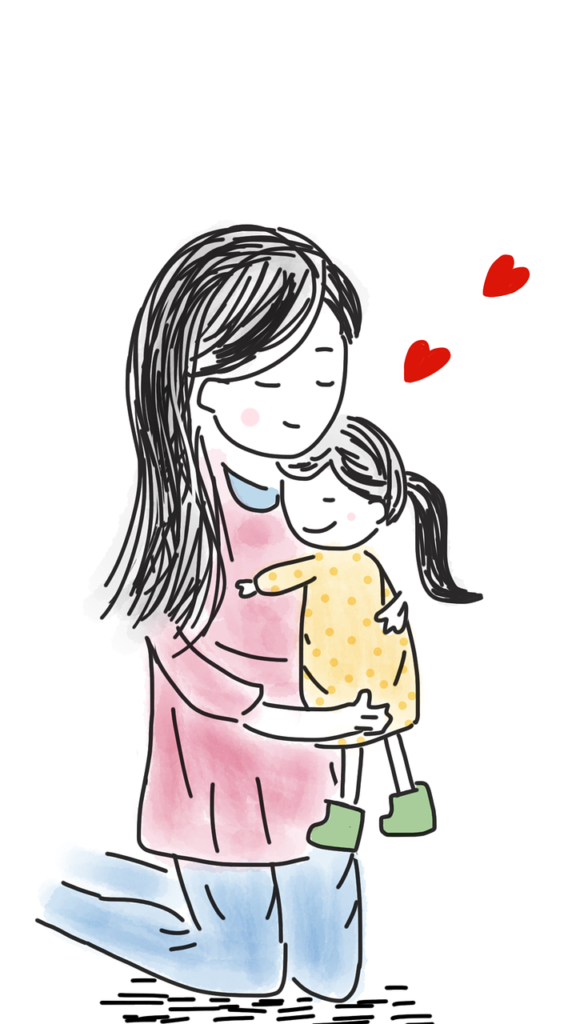
Skinship between parent and child
Making finish brushing a habit creates conversation and skinship between parent and child. Finishing brush will be used for about 12 years, about half of the time until adulthood. Finish brushing will become an important time for parents and children to spend together during a period of child-rearing that will never return.
Check for leftover polish
It is difficult even for adults to brush all teeth perfectly.It is considered to be a "good idea". It is extremely difficult for a child to achieve plaque-free teeth on his or her own. Children's teeth can only be protected with the help of their parents.
Early detection of tooth decay
The mouth is a dark, small space. Therefore, it is difficult to notice small cavities even if you look into a mirror yourself. It is especially difficult to check the alignment of the upper teeth by yourself. The time to be the first to notice cavities is when you brush your child's teeth.Cavities do not heal spontaneously.Please do not hesitate to contact us for more information. By all means, finish polishing.Early Detection & TreatmentPlease use this as a starting point for
Finish Polishing Troubles and Countermeasures
0-2 years old Won't sit still
Children between the ages of 0 and 2 are very active. Many parents may have trouble getting their children to sit still while they brush their teeth. If this is the case, try turning your attention to something else. Singing songs or playing music can help. Young children are sensitive to sound. When they recognize that it is time to finish brushing when their parents are smiling and singing happily, you can expect a relatively smooth approach. If finish brushing is unavoidably difficult, the temporary use of gauze can also be effective. Don't be too nervous, it's OK just to be able to use gauze to clean the dirt today!Parents relaxIt is also important to
3-5 years old Won't let me brush
Alternate brushing is effective during this period. First, have the child brush the parent's teeth. The child thanks you for killing Mommy's (Daddy's) bug germs. Then, ask permission to finish brushing the teeth. and ask for permission to finish brushing their teeth. This is the time when their egos are developing, so please do not force them to brush their teeth by holding them down,Cherish your self-esteem.It is recommended that you work on it while
6-12 years old Shy
As elementary school children expand their circle of friends, some children may suddenly become embarrassed about skin-to-skin contact with their parents. This is often the reason why they stop brushing their teeth, but this is a very important time for the permanent teeth to erupt. It is important to give your childMake sure to communicate the importance of finish brushing.and growth regrowth settles down.Continues until age 12It is advisable to
Tips for keeping finish brushing fun
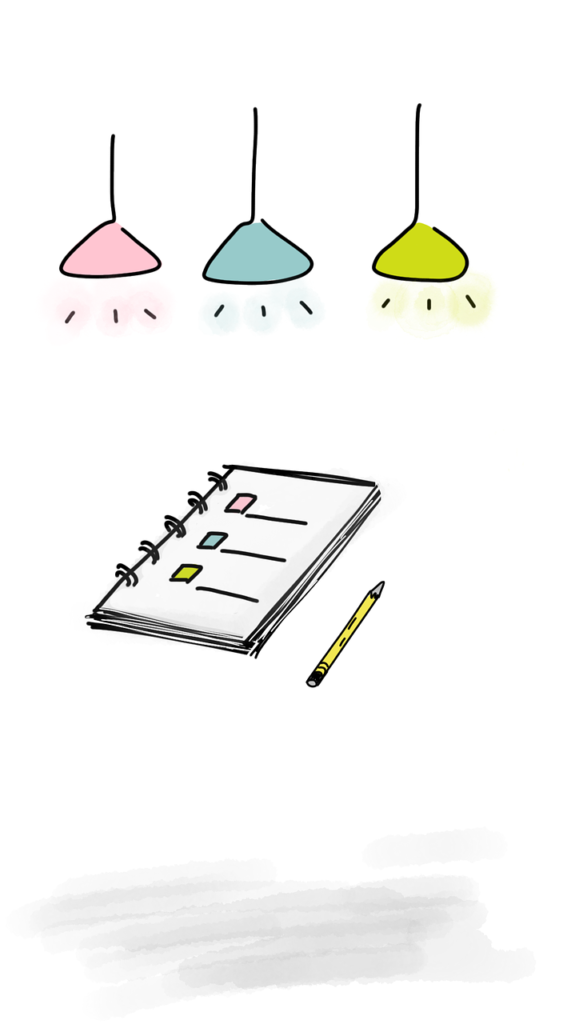
0-2 years old
It is best to work on it while entertaining the five senses, such as by putting on a parent's smile, a song, or your favorite music.
3-5 years old
Short-term goals, such as putting a sticker or a circle on the bristles each time the bristles are brushed, can be made into a game to make brushing more fun. If you can also set a mid-term goal, such as a reward when the notebook is full, this will increase motivation and enjoyment.
6-12 years old
At this age of adult conversation, long-term goals can be encouraging: if you've had zero cavities for a year, you might want to give a little big gift for Cavity Prevention Week. Or perhaps you can save up for a trip to the dentist's office and take the family on a vacation. Either way, it is important to communicate that keeping cavities under control has meaningful results, both healthwise and financially.
summary
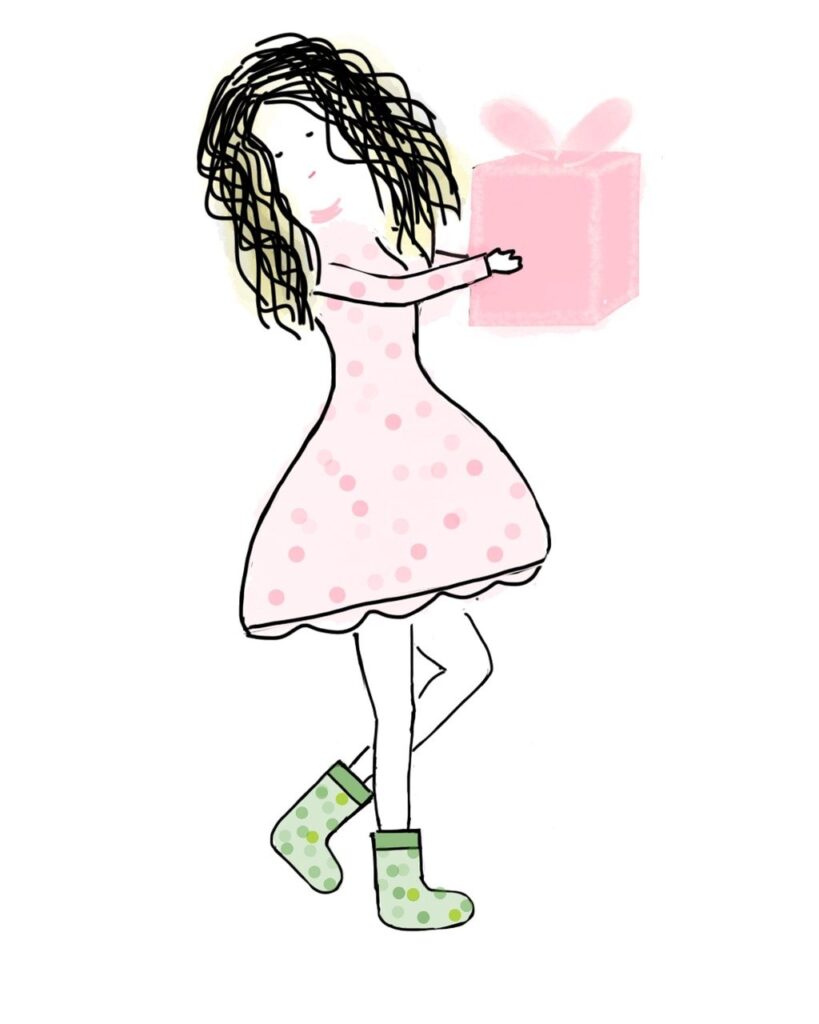
Finish brushing is a good way to ensure that your child'sprotect one's teethAt the same time, it protects both your overall health and your future financial condition. Treating cavities takes time and money. Time is money.The biggest gift a parent can give their child is a finishing polish.It may not be an exaggeration to say that the "Mere Old Man" is a good friend of mine. Please take a look at the contents here to ensure that your child will always be healthy.
Related article: "How to choose a toothpaste for children and 10 popular recommendations"
365dentist General Supervisor Dentist/Yukiko
Graduated from Nagasaki University School of Dentistry, ~2018 Kyushu Medical Center, 2018-present Working at a dental clinic in TokyoSupervisor: Dentist/Naomi
After completing clinical training, worked in cosmetic dentistry in Tokyo. Currently dentist/writer.

